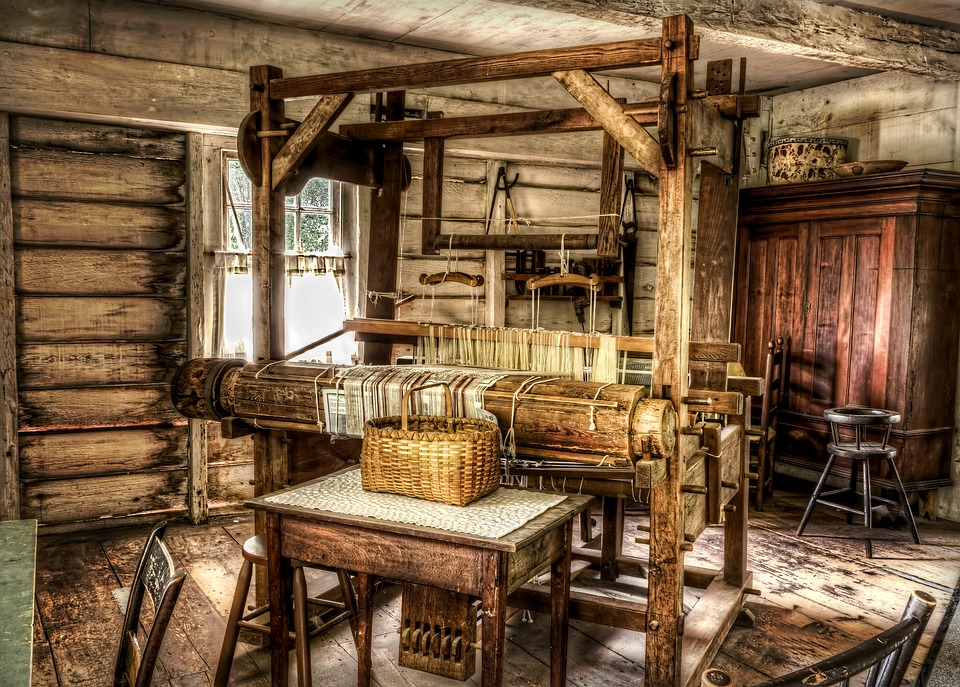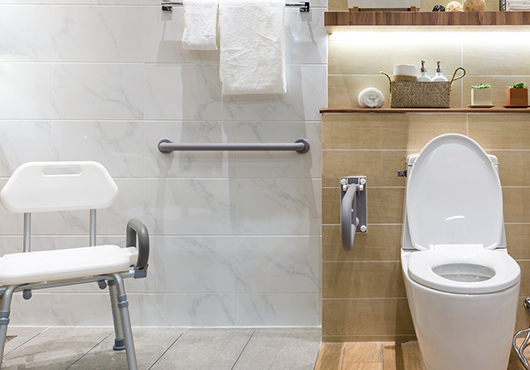4 Inventions That Can Bring Elegance And Class To Your Home

If you’re looking to add a touch of elegance to your home and impress your dinner guests, the following four inventions can make that possible:
1. The loom improved by Joseph Marie Jacquard
“Jacquard fabrics owe their name to Joseph Marie Jacquard,” says Occitan Imports about the man who made the detailed French tablecloth possible. “An 18th century French inventor who developed a loom that made it commercially practical to weave fabrics with extremely complex patterns.” These complex designs are impressively woven directly into the material.
Jacquard was born in Lyon, France in 1752 to two master weavers. He inherited two looms at the age of ten after his father died. After a failed business, he served in the military during the French Revolution. After his young son was shot down by his side, he returned to Lyon where he worked in a factory and used his spare time to create an improved loom.
Jacquard created an attachment that sat on top of a loom, and a series of punch cards rotated through the device. Each hole corresponded with a specific hook and these holes were instructions to raise or lower the corresponding hook. This allowed complex patterns to be quickly woven with precision.
Many of these patterns are stunning and are a sure way to add historical elegance to your home.
2. Candles
Made primarily of paraffin or beeswax, candles are simple by design yet elegant in display.
Originally created as a source of light prior to the discovery of electricity, most candles began as a mass of wax with an embedded wick. The wax provides the fuel that keeps the wick burning.
Some of the earliest candles in China were made of whale fat. In India, candles were made from the wax residue produced by boiling cinnamon.
Today, candles are commonly made of several materials including gel, soy, paraffin wax, and beeswax. Gel candles have been known to be a fire hazard, and paraffin – although the most popular – releases toxins when burned. Additionally, soy candles tend to contain fragrances which can also be toxic. This leaves beeswax as the safest candle to burn. They also clean the air.
Paraffin wax is cheaper than beeswax, but that doesn’t mean paraffin candles can’t be elegant. In fact, with the right wall sconce or candelabra by the fireplace, guests in your home won’t notice what your candles are made of.
If you’re worried about the toxins released by cheaper candles, you don’t need to actually light them. Candles can make any home look elegant, even if they’re never lit.
3. Porcelain
There’s no denying the difference between decorating your home with cheap, mass-produced vases and figurines, and authentic porcelain. You can get more for your money when you scour cheap stores in search of home décor, but you always get what you pay for. One brilliantly crafted and painted piece of porcelain adds more to your home than any piece you can find at Walmart.
Porcelain, also known as “fine China,” is one of the most beautiful inventions that dates back to the Eastern Han Dynasty (196-220).
Porcelain is true alchemy. What makes porcelain different from other pottery is what it’s made of. There are two minerals in porcelain – a white clay and an aluminum silica – and petuntse. The petuntse gives porcelain its glassy look.
4. Wall tapestries
Wall tapestries have been around for centuries, produced by European weavers during medieval times and the Renaissance. The history of tapestries can be traced back to ancient Egypt, where the Incas buried their dead in woven tapestries. The walls of important buildings in the Greek Empire, including the Parthenon, were covered in tapestries.
According to tapestry-art.com it was the French medieval weavers who made this art form popular.
In the Middle Ages, tapestries were symbols of aristocratic status. They were used to insulate castle walls, cover openings, and provide privacy around beds. After battles, tapestries would be passed around, reconstructed, and often connected to other tapestries.
Many of these tapestries have survived and their ornate beauty can be seen in museums around the world. For instance, The Lady with the Unicorn tapestries are a famous series of six tapestries originating in early France. These tapestries are housed in a circular room in the Musée National de Moyen Âge.
Today, you can buy tapestries that copy famous pieces from history, or you can buy more modern designs. Although your house guests may not know that tapestries were once a status symbol, they’re guaranteed to leave a lasting impression of elegance on your guests.









